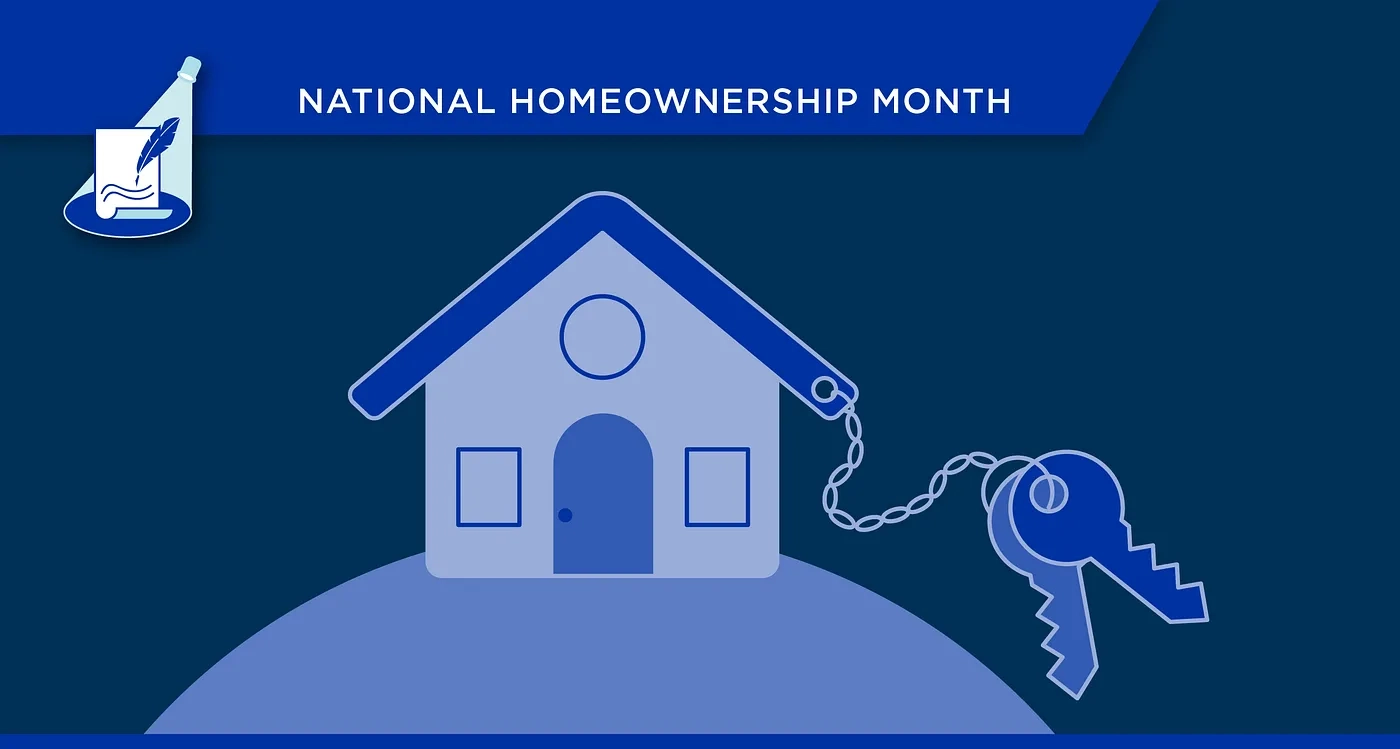June is National Homeownership Month. The stability, affordability, and predictability of costs that come with homeownership can make workers more productive, yet systemic racism sustains the stubborn Black-white homeownership gap. Employers can help, strengthening your organizations while advancing equity at the same time.

June is National Homeownership Month. Why do I care and what does the Black-white homeownership gap have to do with me as an employer?
Housing costs are the biggest expense for most workers, monopolizing 30, 40 percent, sometimes much more of a family’s monthly budget.
Biggest financial stressor: cost of home
Meanwhile the biggest stressor for most U.S. workers these days is financial. The financial concerns of employees reigned supreme in 2022 per consulting firm Mercer. “Covering monthly expenses” went from the ninth rated concern of employees in 2021 to the top concern last year. High year-over-year inflation and rising housing costs portend similar results for 2023.
In other words, your workers are stressed about money and their biggest money stress is typically making the rent or mortgage payment. And, when employees are stressed out their health and productivity suffer along with your profit or social impact.
So, by supporting all of your workers in their quest for homeownership–which can reduce stress due to enhanced stability, predictability of costs, long-term affordability and asset building–you as an employer can strengthen your organization.
There’s an added benefit, too, perhaps the most important one, especially for employers with a majority Black workforce: By supporting your employees in attaining homeownership, you can help reduce the Black-white homeownership gap–and in turn, because homeownership is the primary wealth building vehicle for most families in the U.S., the Black-white wealth gap.
[Requisite disclaimer that homeownership may not be right for everyone and this is wildly oversimplified, plus there’s spirited debate on the virtues of homeownership as the most effective path to closing the racial wealth gap.]
Systemic racism hampers your workers today
The Black homeownership rate has barely budged since the late 1960s. Decades of racist redlining policies prevented most families of color from entering the housing market and depressed generational wealth and homeownership rates. White households have made steady gains. 44 percent of Black households nowadays own their homes compared with nearly 74 percent of white ones.
The Black-white wealth gap paints a similar portrait. In 1968, when the Fair Housing Act was signed into law, days after Dr. Martin Luther King, its sonorous champion was gunned down, a typical middle-class white household had roughly $71,000 in wealth. A typical Black household had roughly $7,000 in wealth or ten times less than a typical white household. By 2019 the gap was roughly $188,200 to $24,000, eight times less.
All of this is to say that the legacy of, and ongoing, systemic racism in access to homeownership impacts your workers and your organization today. As an employer, you’re well positioned to help by offering benefits that support homeownership.
Consider employee housing assistance programs
It need not be a huge investment in the form of homeowner education and counseling, credit counseling, and down payment assistance programs, to name a few benefits often associated with what human resources folk call employee housing assistance programs or EHAPs.
Something as simple as sharing with your workers resources like expert tips for purchasing your first home from TrustPlus Personal Financial Coach Elise Nussbaum can go a long way toward signaling to your workers that you care about them and their ability to purchase a home.
Combine that with your commitment to your workers’ overall financial health and you’re well on your way this National Homeownership Month to cultivating and harnessing the recruiting, retention, profit, productivity, and wellness benefits of a financially healthy workforce.






